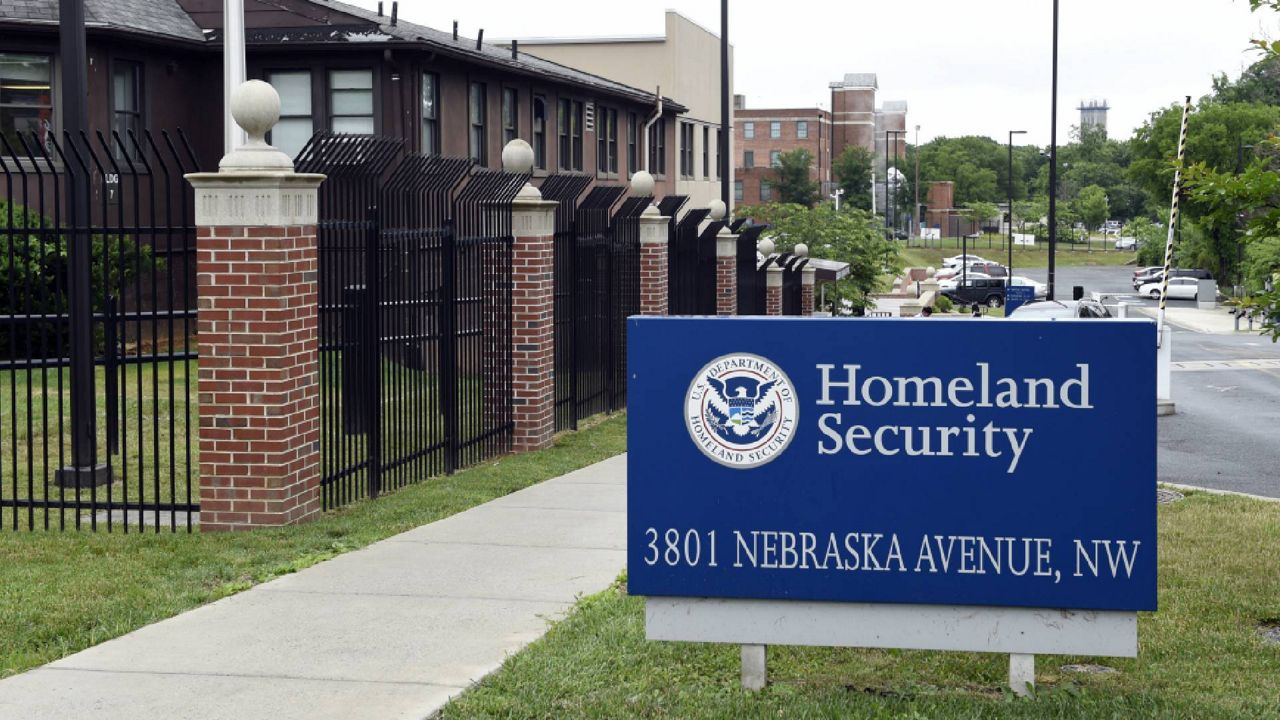The U.S. will allow up to an additional 20,000 temporary foreign workers into the country before the end of March, the Departments of Homeland Security and Labor announced Monday, the first time in history that the federal government has boosted the worker visa cap before the mid-year mark.
DHS and DOL will open up 20,000 supplemental H-2B visas to nonagricultural workers for temporary hire in the United States, reserved for employers who need additional labor before March 31, the end of the first half of fiscal year 2022.
“At a time of record job growth, additional H-2B visas will help to fuel our nation’s historic economic recovery,” DHS Secretary Alejandro Mayorkas said in a statement.
Typically, Congress sets the yearly H-2B cap at 66,000, with 33,000 set aside for each half of the year. This is the first time the U.S. has added a supplemental cap before the end of the first half.
“DHS is taking action to protect American businesses and create opportunities that will expand lawful pathways to the United States for workers from the Northern Triangle countries and Haiti,” Mayorkas added about the new worker visas.
The United States’ southwest border saw a record number of encounters in fiscal year 2021, with more than 1.7 million by the end of September. The majority of people trying to cross the border were from El Salvador, Honduras, Guatemala and Mexico.
The U.S. also launched a mass deportation of thousands of Haitians who arrived in September, most near Del Rio, Texas, after their country has continued to deal with poverty and then a presidential assasination and multiple natural disasters in recent months.
Mayorkas also said his department would soon “implement policies” to tweak the H-2B program to fit the needs of the economy.
Since April of last year, the United States has regained nearly 18.5 million jobs, though it’s still short of pre-pandemic numbers.
Yet businesses and other employers posted a near-record 11 million job openings in October. And 4.2 million people quit their jobs — just off the September record of 4.4 million — a sign that they are confident enough in their prospects to look for something better.
“Demand for labor is very strong and workers are in short supply, so layoffs are very low,″ Gus Faucher, chief economist at PNC Financial Services Group, said in a research note. “Those workers who do find themselves unemployed can quickly find new jobs. The biggest problem for the labor market right now is too few workers.”
The H-2B program allows companies to employ noncitizens temporarily or seasonally, or for intermittent need. The visa is a “nonimmigrant” visa, meaning it does not allow someone to establish permanent residence in the United States.



